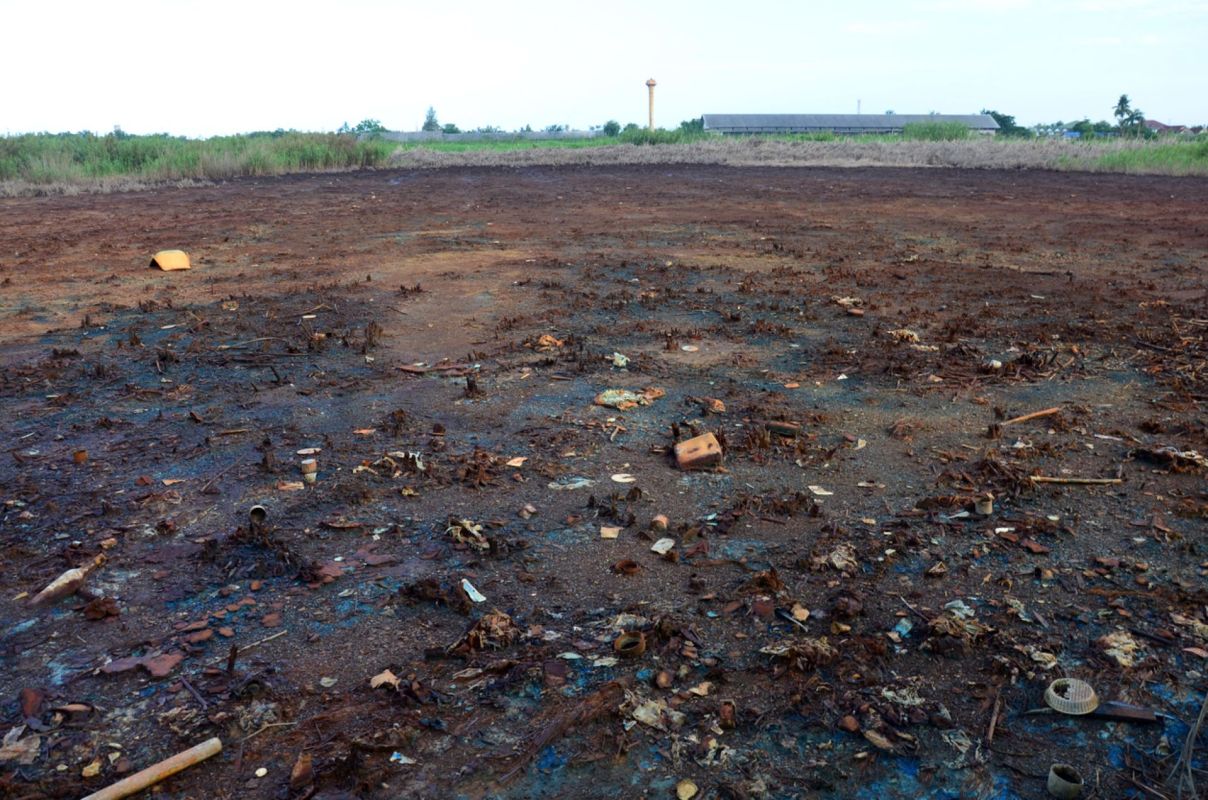Researchers from Rice University are working on a shocking way to clear ground contamination.
They are zapping soil with electricity pulses that "flush out" organic pollution and toxic heavy metals (not of the Twisted Sister variety). Better yet, the process doesn't require water, according to a report from the university.
Finding efficient and effective solutions to purge pollutants from the ground is important. Farming, mining, and manufacturing are some ways we have contaminated the soil with lead, arsenic, and even mercury, per the National Library of Medicine.
One example is a lead nightmare in Los Angeles County, California, where an abandoned battery factory is reported by Phys.org to have contaminated an estimated 10,000 yards. Heavy metals and other soil pollutants are not good for our health, impacting crops and the food chain, according to the NLM.
Environmental calamities, including the extreme wildfires that plagued North America and Hawaiʻi this past summer, can create "toxic ash" that pollutes the soil. The Rice team said that earthquakes and flooding are contributing to the ground contamination, as well.
Typically, soil remediation is tedious work, eliminating the contaminants a few at a time, therefore creating wastewater in the process. Sometimes, the dirt must be hauled away, according to the Rice team. Fortunately, they have found that adding short bursts of electricity to the mix can wipe out multiple kinds of pollutants quickly.
Fascinatingly, the electrical pulses heat the soil to between 1,832 and 5,432 degrees Fahrenheit — in seconds. First, the soil is mixed with nontoxic compounds that help "propel" the electricity. The process creates nontoxic minerals and vapor that is vented via pipes, per the lab report.
"This method is ultrafast, which can be really useful in addressing emergency situations," study lead author Bing Deng said in the Rice story on the research.
An interesting side benefit is that the soil they tested became 20% to 30% more fertile after treatment.
That's good news because the United Nations estimates that about a third of the world's soil is infertile "due to unsustainable land-use management practices."
The Rice researchers said the dirt can remain in place, which is another big perk to the process.
"Being able to regenerate the soil and put it right back where it was, that's a huge advantage over existing technologies that are out there," Army scientist Chris Griggs said in the Rice report.
The Rice team worked with Army engineers on the project, developing off- and on-site action plans. Now, they aim to complete field testing to prove the concept further before full-scale implementation, per Rice.
"This method is very rapid, water-free, and handles multiple pollutants in soil," Army research chemist Mine Ucak-AstarliogluIt said in the report. It's "an incredibly promising technique."
Join our free newsletter for weekly updates on the coolest innovations improving our lives and saving our planet.









